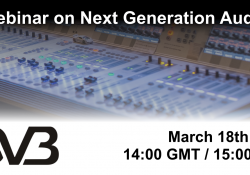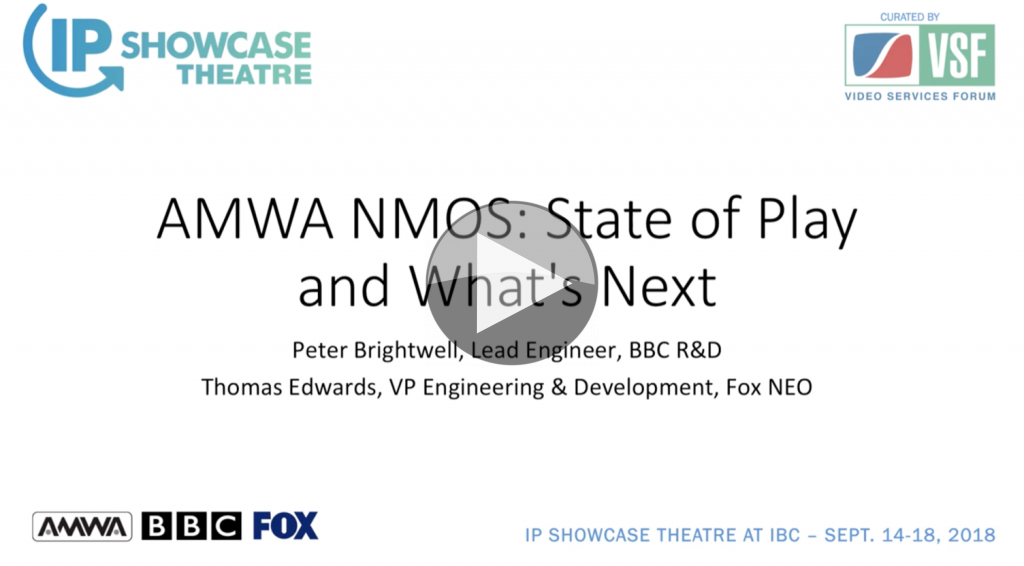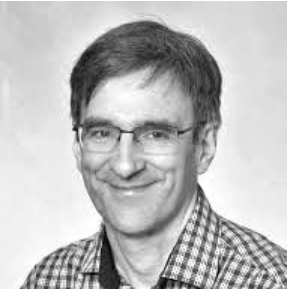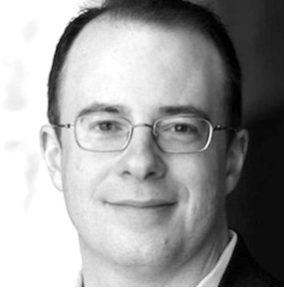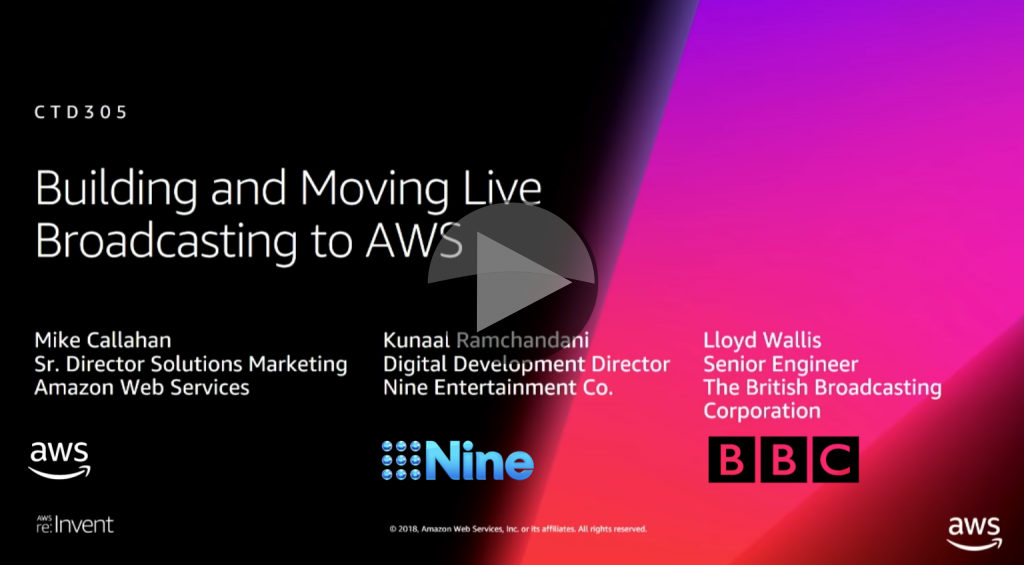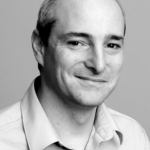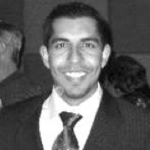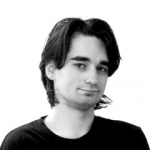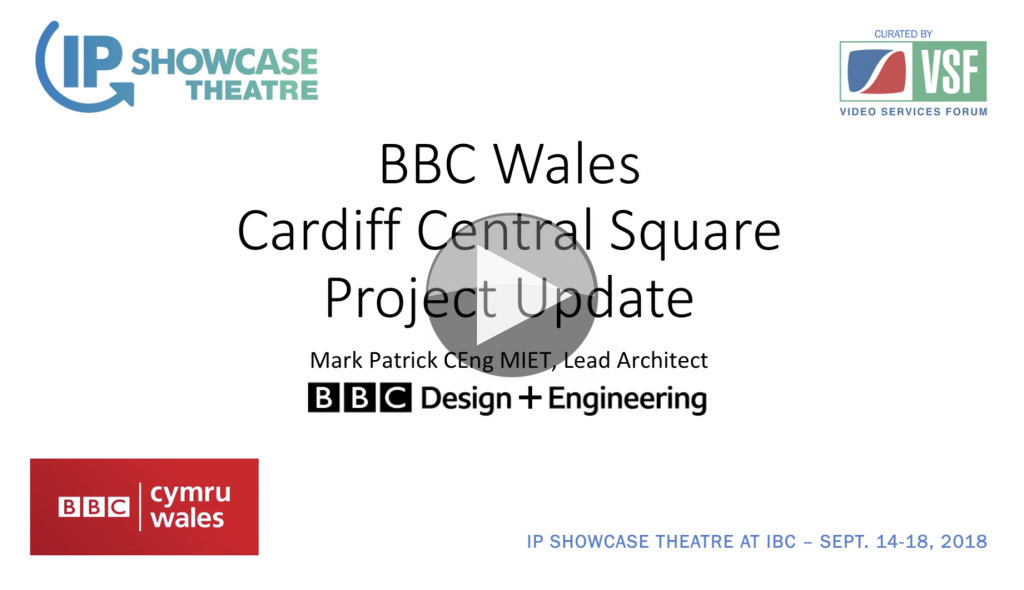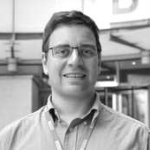Webinar Date: 18th March 2019
Time: 14:00 GMT / 15:00 CET
Object oriented audio is a relatively new audio technique which doesn’t simply send audio as one track or two, but it sends individual audio objects – simplistically we can think of these as audio samples – which also come with some position information.
With non-object-orientated audio, there is very little a speaker system can do to adjust the audio to match. It was either created for 8 speakers, 6, or 2 etc. So if you have a system that only has 4 speakers or they are in unusual places, it’s a compromise to it sound right.
Object oriented audio sends the position information for some of the audio which means that the decoder can work out how much of the sound to put in each speaker to best represent that sound for whatever room and speaker set-up it has.
AC-4 from Dolby is one technology which allows objects to be sent with the audio. It still supports conventional 5.1 style sound but can also contain up to 7 audio objects. AC-4 is one NGA technology adopted by DVB for DASH.
In this webinar, Simon Tuff from the BBC discusses what the Audio Video Coding (AVC) experts of DVB have been working on to introduce Next Generation Audio (NGA) to the DVB specifications over recent years. With the latest version of TS 101 154, DVB’s guidelines for the use of video and audio coding in broadcast and broadband applications, being published by ETSI, it seems like a great time to unpack the audio part of the tool box and share the capabilities of NGA via a webinar.
No registration needed. Click here to watch on the day.
Speaker
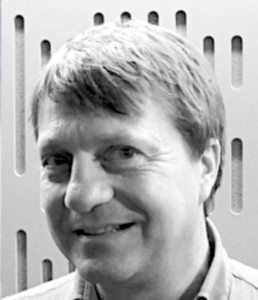 |
Simon Tuff Principal Technologist BBC |

